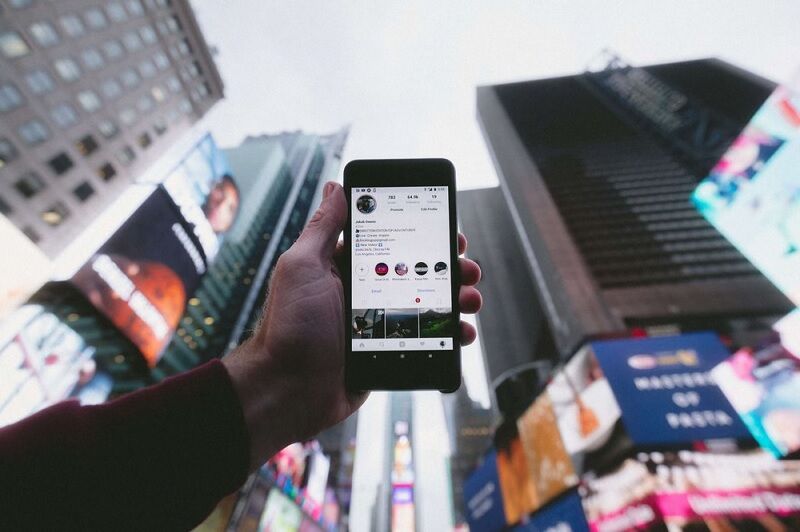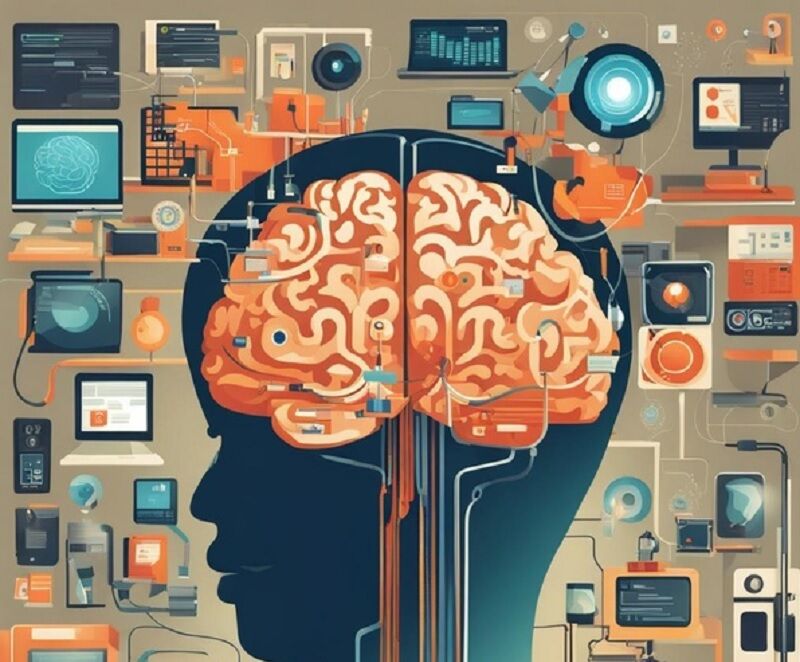Technology and media is increasing depression

A prevalent apprehension has emerged in our progressively digital society. Between the years 2011 and 2018, there has been a significant upsurge in instances of depression, self-harm, and attempted suicides among adolescents in the United States. One may inquire, what are the contributing factors to these alarming trends.
While it is imperative to avoid oversimplification, the impact of technology cannot be set aside. Recent scholarly investigations indicate that heavy technology users are twice as likely to be affected by depression or experience diminished well-being in comparison to their light-usage counterparts. However, the concerns are not solely about the duration spent on devices. The decrease in direct social interactions, partially owing to our digital practices, could potentially be influencing even those who are not heavy technology users.
Therefore, it is essential to probe further into this multifaceted matter, contemplating how our digital epoch could potentially be modelling our mental health in ways we are just commencing to comprehend.
The impact of technology and media on mental health

In today’s digitized world, there’s an underlying connection between the escalating rates of depression and the increasing use of technology and media. It’s become crucial to explore the correlation, comprehend its impacts, and find potential solutions. As a part of this exploration, let’s delve into two important subtopics. the role of social media and the effects of digital overconsumption.
The role of social media
Social media – a compelling force in today’s world, wields a potent impact on mental health. Certain studies reveal a correlation between sustained social media use and a pointed rise in depression and anxiety, additionally linked with diminished self-esteem and body image concerns. The act of continuously swapping actual, in-person social interactions with digital ones can foster feelings of solitude that detrimentally impact mental welfare. Yet, it’s also worth noting that social media can have beneficial effects, offering a sense of community and social support, especially for those otherwise unable to access such networks.
For instance, during the pandemic, teletherapy emerged as a crucial resource for those seeking mental health assistance, improving access to such services, especially in rural areas. However, the key lies in striking a balance that maximizes the benefits while mitigating the adverse effects.
The effects of digital overconsumption
Digital overconsumption, commonly recognized as technostress, is prevalent in users frequently using technology. One significant impact of this overuse is impaired sleep quality, particularly when screen time is extensive before bed. This discomfort deteriorates the overall well-being and triggers conditions such as depression. Case in point, limiting social media use has been shown to decrease depressive symptoms among late adolescents and adults.
Yet again, reaching a balance is essential here. Practical interventions include establishing screen time limits, especially pre-slumber, taking regular tech breaks, and investing time in tech-free activities. If ever you observe technology impacting your mental health negatively, it’s advised to seek prompt assistance from a mental health professional.
In a nutshell, a delicate equilibrium between the utilisation and disuse of technology is the optimal path to mitigate the growing issue of technology and media-increasing depression. Staying informed, adopting mindful tech habits, and efficiently utilising digital resources are crucial elements in winning this battle.
Links between screen time and depression

Evidence from recent studies
Several studies reveal compelling links between screen time and depression. A comprehensive study published in the Journal of Adolescent Health showed consistent increases in depressive symptoms among US undergraduates from 2007 to 2018, noting a high correlation between technology use and screen time.
In a similar vein, another study indicated distressing trends in mood and anxiety symptoms, suicide rates, and suicide-related outcomes among adolescents after 2010. Notably, the research highlights increased new media screen time as a significant factor. Besides, Emotion’s 2018 publication echoes this, observing decreases in psychological well-being among American adolescents linked to rising smartphone technology usage.
It’s interesting to note that the surge in depressive symptoms doesn’t stand alone. Screen time has also been associated with sleep problems. For instance, an analysis of school-aged children and adolescents’ sleep patterns revealed an undeniable connection between screen time and sleep deprivation. Furthermore, the impact extends beyond sleep duration to sleep quality, with implications, particularly, for portable electronic devices.
Adolescent Mental Health Concerns
Adolescent mental health is more vulnerable than ever in the digital age. The Surgeon General has even labelled youth mental health as the defining public health issue of our time and implicated social media use as a main contributor. According to a report, an alarming 95% of teens between the ages of 13 and 17 admit to using a social media platform, with about a third reporting near-constant engagement.
Moreover, less in-person social interaction and more solitary screen time have been implicated in increased feelings of loneliness among adolescents. The dynamics of the digital world mean that adolescents have access to more information and communication pathways than ever before, but the shadow side is that this digital deluge often contributes to mental distress.
Strategies to mitigate negative impacts

The increase in depression rates, triggered in part by heavy technology use, necessitates the development of strategies to offset the negative impacts. Focus primarily on achieving digital wellness and fostering healthy screen time habits, bringing about improved mental well-being.
Attention to digital wellness
Digital wellness signifies a balanced, healthy relationship with technology. It’s important that you manage your interaction with digital devices, taking into account the disturbing influence of technostress. RaguNathan T, et. al., in their paper. The consequences of technostress for end users in organizations highlighted technostress as an inability to adapt to new technologies, leading to numerous conditions like job dissatisfaction, feelings of exhaustion, and loss of motivation. To combat this, create awareness about the importance of digital wellness. Share pieces of advice on setting boundaries for digital consumption, and, more significantly, regularly disconnecting.
Instituting salubrious screen time practices
The implementation of salubrious screen time practices can act as an effective shield against the adverse influences of technology and media. It is crucial to comprehend that excessive usage of screens potentially augments the probability of depression and may also obstruct sleep, an elementary factor for mental well-being. The research paper titled screen time and sleep among school-aged children and Adolescents, by scholars, Hale L. and Guan S, underscores the disruption caused to regular sleep patterns due to portable electronic devices. It is essential to execute the conscientious utilisation of technology and advocate for the establishment of boundaries. It is advisable to incorporate intermissions amidst prolonged periods of digital interactions to circumvent the overconsumption of digital content.
It is incontrovertible that there has been a surge in the instances of depression among young people, with modern technology and media being noteworthy contributors. The era of the digital revolution, albeit replete with advantages, has also imposed a considerable burden on mental health. Evidence abounds of the correlation between excessive exposure to screens, predominantly on social media platforms, and heightened levels of depression and anxiety. The imperative of establishing precise parameters pertaining to digital consumption, interspersing it with regular intervals of reprieve and indulging in an astutely conscious usage cannot be underscored enough as essential strategies to counteract these adverse impacts. Note that the concept of digital wellness transcends mere curtailment of screen time and aims at endorsing a healthier and more mindful engagement with technology. By inculcating a healthier regimen of screen usage, we can significantly aid in ameliorating our mental health and addressing the escalating menace of depression in this contemporary era.
Want to know more, The science behind how social media bots harm companies. In the era of digital marketing, social media platforms are integral to the promotional strategies of numerous corporations, offering unique opportunities for customer engagement. Nevertheless, these platforms are not without their vulnerabilities; notably, the presence of social media bots poses a considerable threat to these marketing efforts. My observations confirm that these automated entities can significantly disrupt operations, making it imperative for businesses to comprehend and address the associated risks.
Latest Thailand News
Follow The Thaiger on Google News:


























